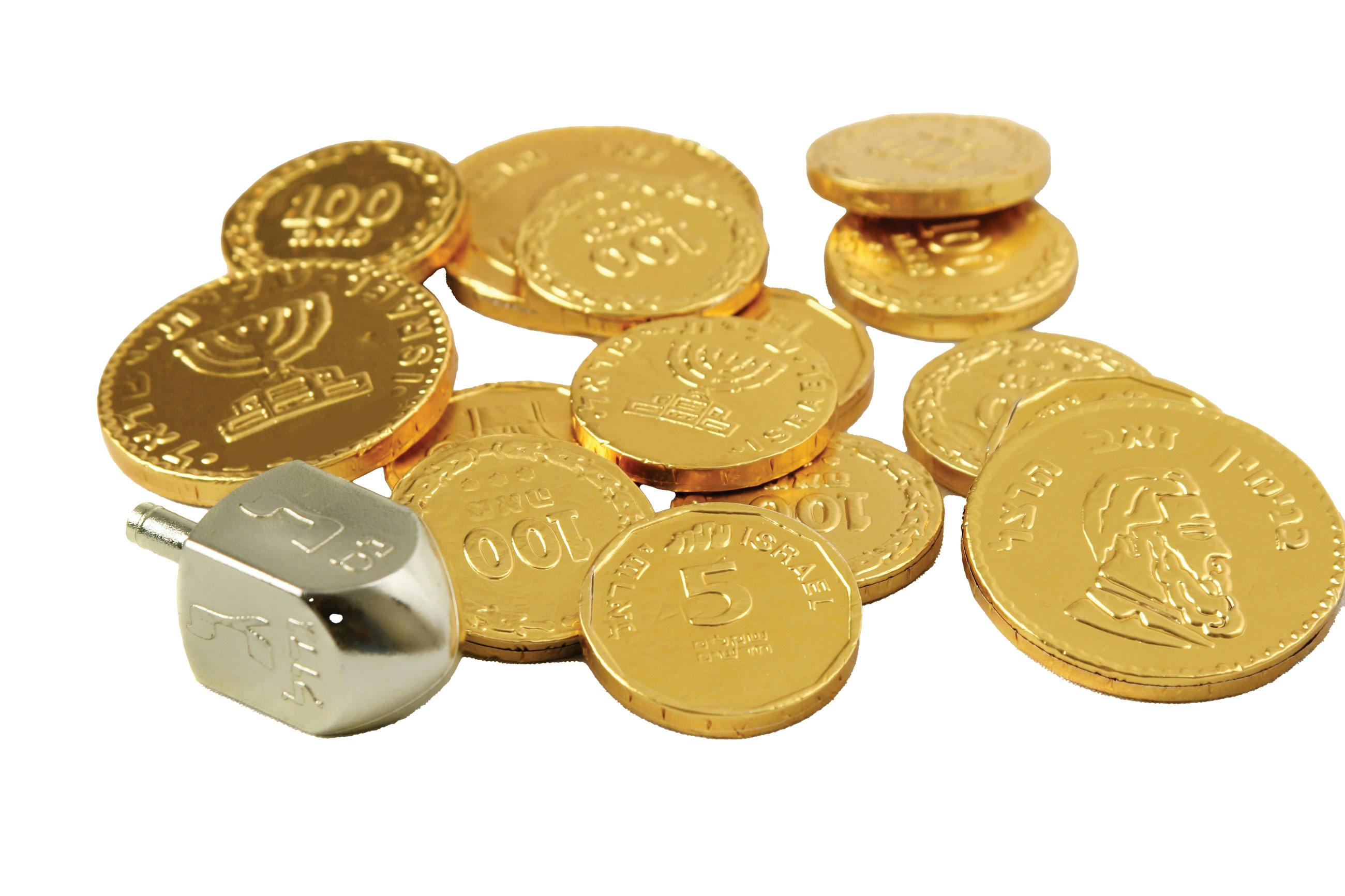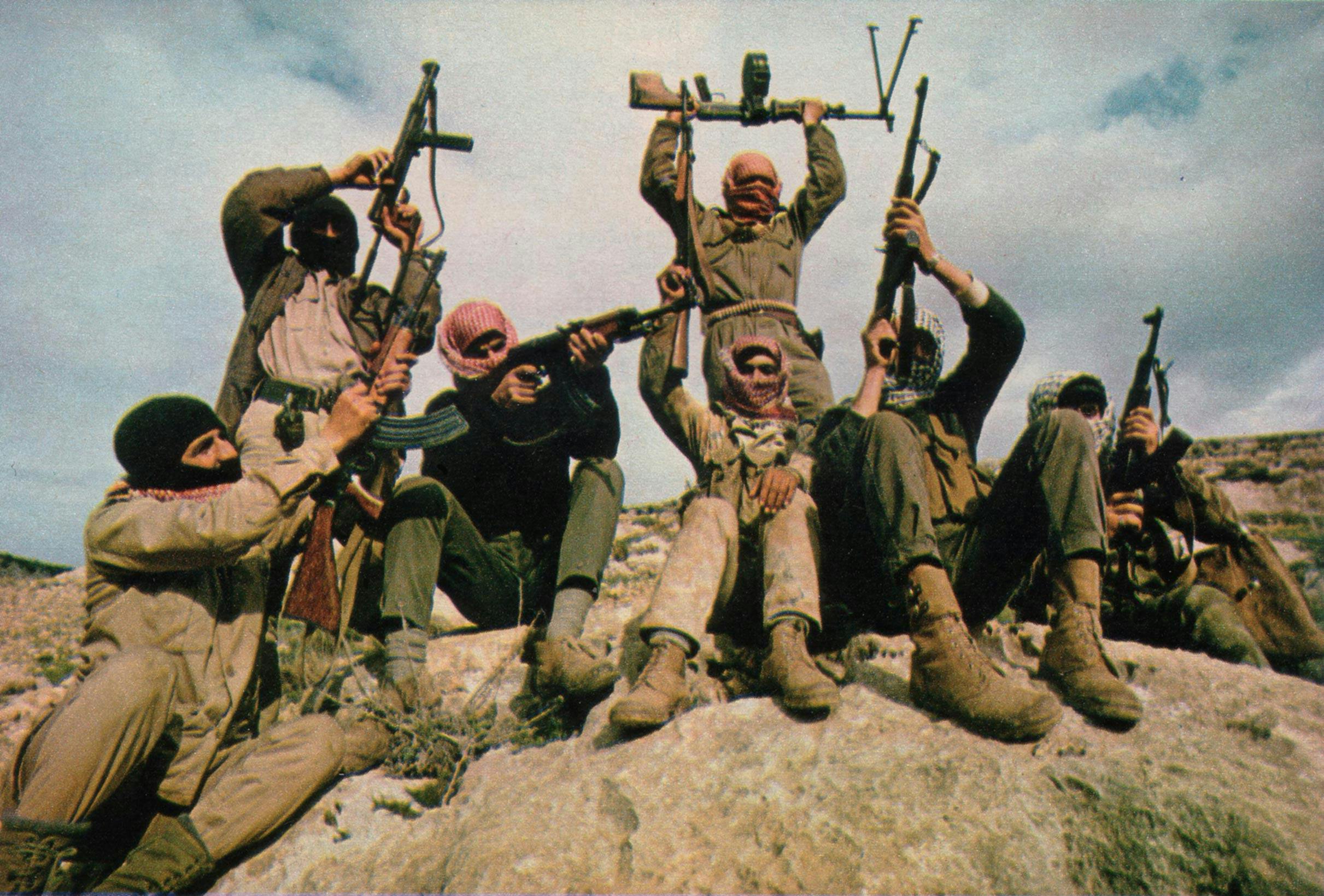Dreidel, Dreidel, Dreidel

Hanukkah, which means “dedication” or “consecration” in Hebrew, is a joy-filled, family-centered, eight-day celebration that begins on the 25th day of the month of Kislev. Also known as the Festival of Lights, this year the first day of Hanukkah falls on December 14. During Hanukkah, we remember when a small group of poorly armed and vastly outnumbered Jews led by Judah the Maccabee defeated a superior Greek army to reclaim and rededicate the Second Temple.
But before the Temple could be rededicated, it had to be cleansed and Temple practices restored. Jewish law required that the Temple’s menorah (seven-branched candelabra) was to burn continuously, thus requiring an uninterrupted supply of consecrated oil. Yet only one small jar of the special oil could be found to fill the lamps. Miraculously, that tiny amount lasted for eight days, the exact amount of time it took to prepare more. And that is one of the miracles of Hanukkah!
Hanukkah Traditions
Jewish traditions associated with Hanukkah include a nightly candle lighting, eating foods fried in oil and, for the children, a game played with a gaily decorated, four-sided spinning top called a dreidel in Yiddish or a sevivon (סביבוןin Hebrew. Both translations come from the word “to turn,” with five-year-old Itamar Ben-Avi, son of Eliezer Ben Yehuda, the father of modern Hebrew, credited with inventing the word sevivon.

As far as the origin of the dreidel, it most likely began as a spinning top known as a teetotum, used in ancient Greek and Roman times to play a gambling game. The teetotum migrated to Europe, England and Ireland where it was commonly used for games at Christmas time. Typically, four alphabet letters used to help players remember the rules of the game appeared on each side. The letters “N-G-H-S” were associated with German words meaning nisht (not or nothing), gants (entire), halb (half) and shtel arayn (put in). When the Jewish community adopted the teetotum and began using it at Hanukkah, the Hebrew letters נגהש (nun-gimmel-heh-shin) replaced the German ones. Instead of rules for the game, the letters now stood for the phrase “A great miracle happened there” (nes gadol hayah sham), a reference to the Hanukkah miracle.
The final letter representing sham or “there,” was changed in pre-state Israel during the 1930s. In order to teach children about their land’s historic connection to the Maccabees, kindergarten teachers started replacing the shin (ש) with a peh (פ). That changed the meaning of the phrase from “A great miracle happened THERE” to “A great miracle happened HERE.” So, by looking at the letters on a dreidel, you can tell where it is from.
Playing the Dreidel Game
In today’s world where children play realistic and exciting games on their phones or computers, one might expect them to find a game where you spin the dreidel to be rather dull. But there is the added excitement of collecting all the chocolate gelt (money) from the other players. Gelt comes in the form of foil-covered edible coins, a traditional Hanukkah staple, which appears in stores well in advance of the holiday itself.
Each player begins with the same number of “coins,” usually 10 to 15, putting one into the center “pot” to begin the game. Players spin the dreidel once when it is his or her turn. Depending on which letter faces up, the following action is taken:
1. נ (nun): The player does nothing.
2. ג (gimel): The player gets everything in the pot. When this happens, each player must contribute another coin to the pot so it doesn’t remain empty.
3. ה (heh): The player gets half of the pieces in the pot. If there is only one piece in the pot, the player can either take the piece or not.
4. ש (shin) or פ (peh): The player donates one coin to the pot.
5. If the player is out of pieces, he or she is either “out” or may ask another player for a “loan”.
Dreidels of All Sorts
There is practically no limit to what a dreidel can be made of—wood, metal, clay, ivory, plastic and more. As I was doing the research for this article, I even encountered a number of sites that showed how to make edible dreidels! For example, I found a savory version made with cheese and pretzel sticks or a Chocolate Espresso Spritz Cookie dreidel for a sweet treat. There was even an edible dreidel made with a marshmallow and Hershey Kiss at the bottom that you are supposed to be able to spin, though I’m not sure how long the tip of the candy would hold up.

One of the most amazing, unique and memorable dreidels I have ever seen was crafted by Batya Erdstein, an Israeli ceramic artist. Designed more to tell a story than for actual use in a game, she took her inspiration from the Torah (Gen.–Deut.) and the beauty of the area surrounding her hilltop home near Itamar in Samaria.
The dreidel itself sits on a stand of the three biblical Mounts of Blessing and Cursing (Deut. 11:26–29; 27:11–13). A pomegranate tree shows the fruitfulness of the area and goats reflect a revival of agriculture. Batya writes, “This dreidel celebrates the optimism of Jewish independence both during the days of the Maccabees as well as Jewish revival in our times.”
Keeping the Memory Alive
One of the important foundations of Judaism is to teach children and grandchildren the ways of the Lord. In addition to the instruction of the Tanakh (Gen.–Mal.), it is important to remember when God saved His people from nations that appeared mightier than they were. Often, something as simple as the dreidel, a child’s game that is played at Hanukkah, makes a great teaching tool. And it’s fun to win all the chocolate gelt too!
Related Resources

Discover Your Purpose and God’s Heart For You
In today's divided, turbulent world, it's essential for the Church to rediscover God's heart. Our free e-book, authored by a seasoned expert with three decades of experience in Israel, delves deep into the teachings of Jesus (Yeshua) to reveal God’s principles of love and purpose. Learn how embracing these truths can bring significance and impact to your life, even amidst chaos. Subscribe now to receive your free copy and embark on a journey of transformation.




